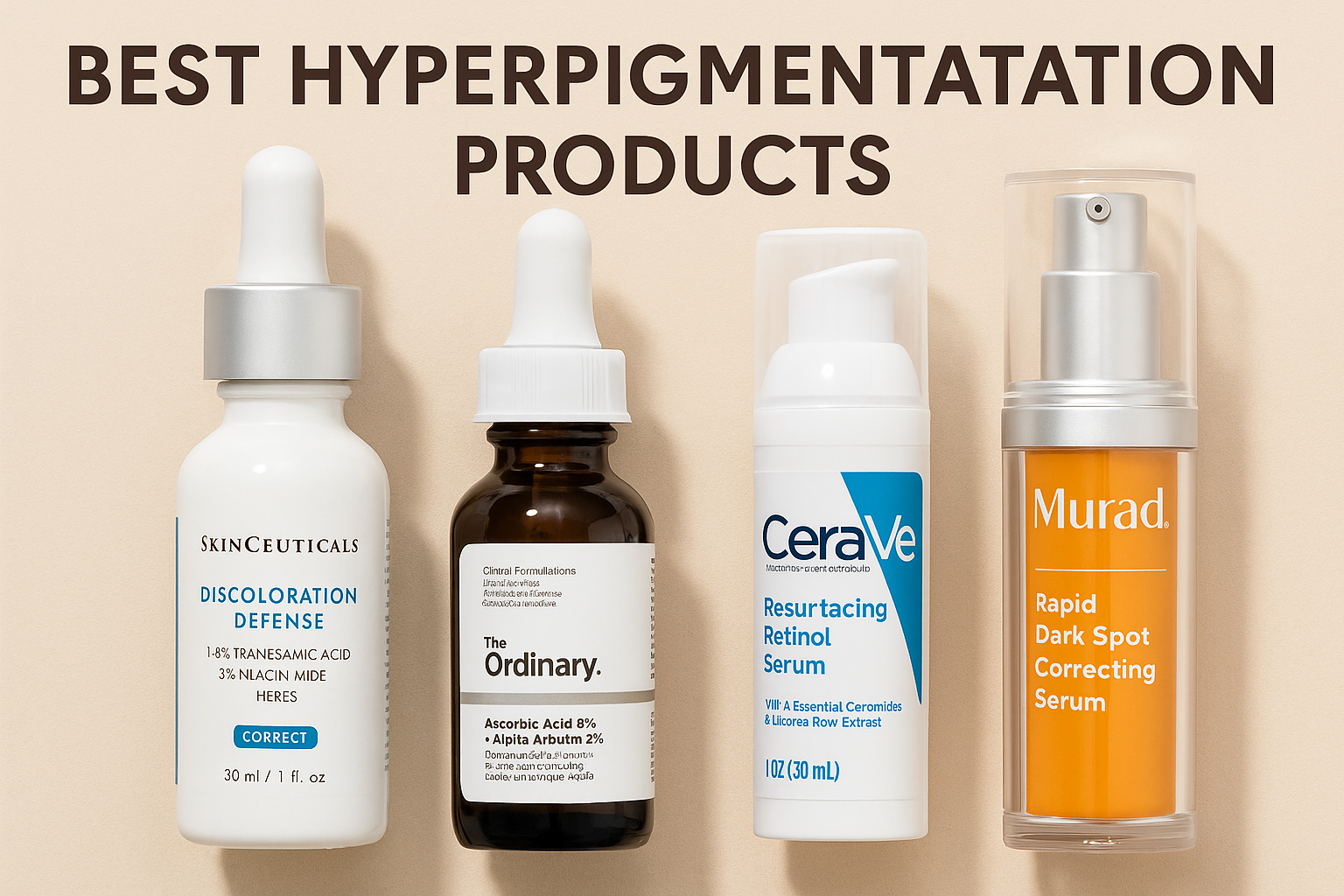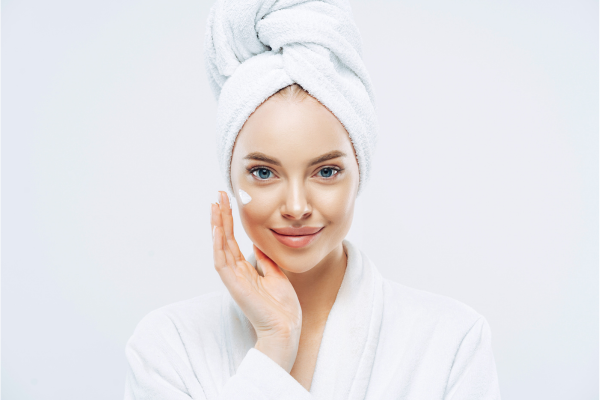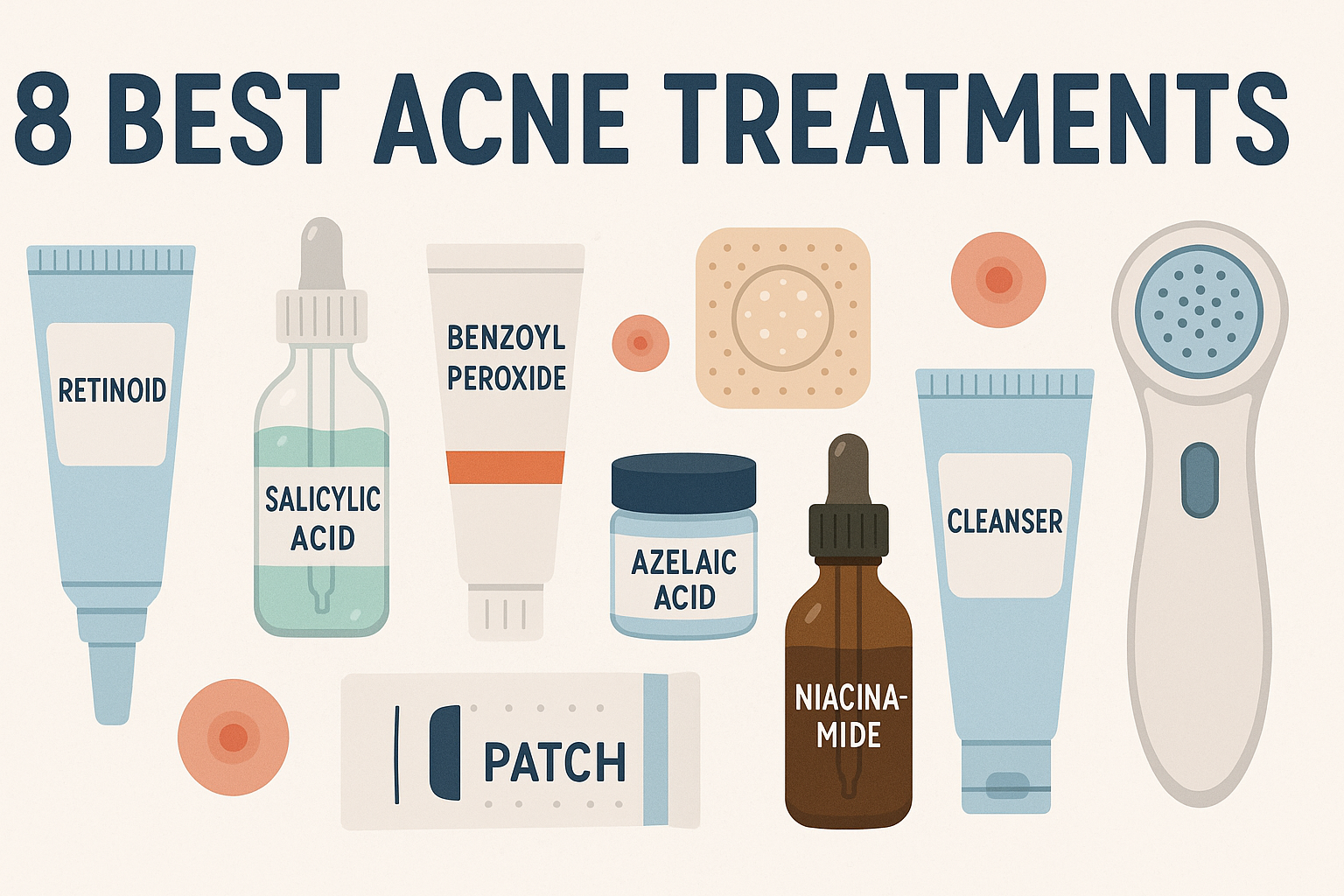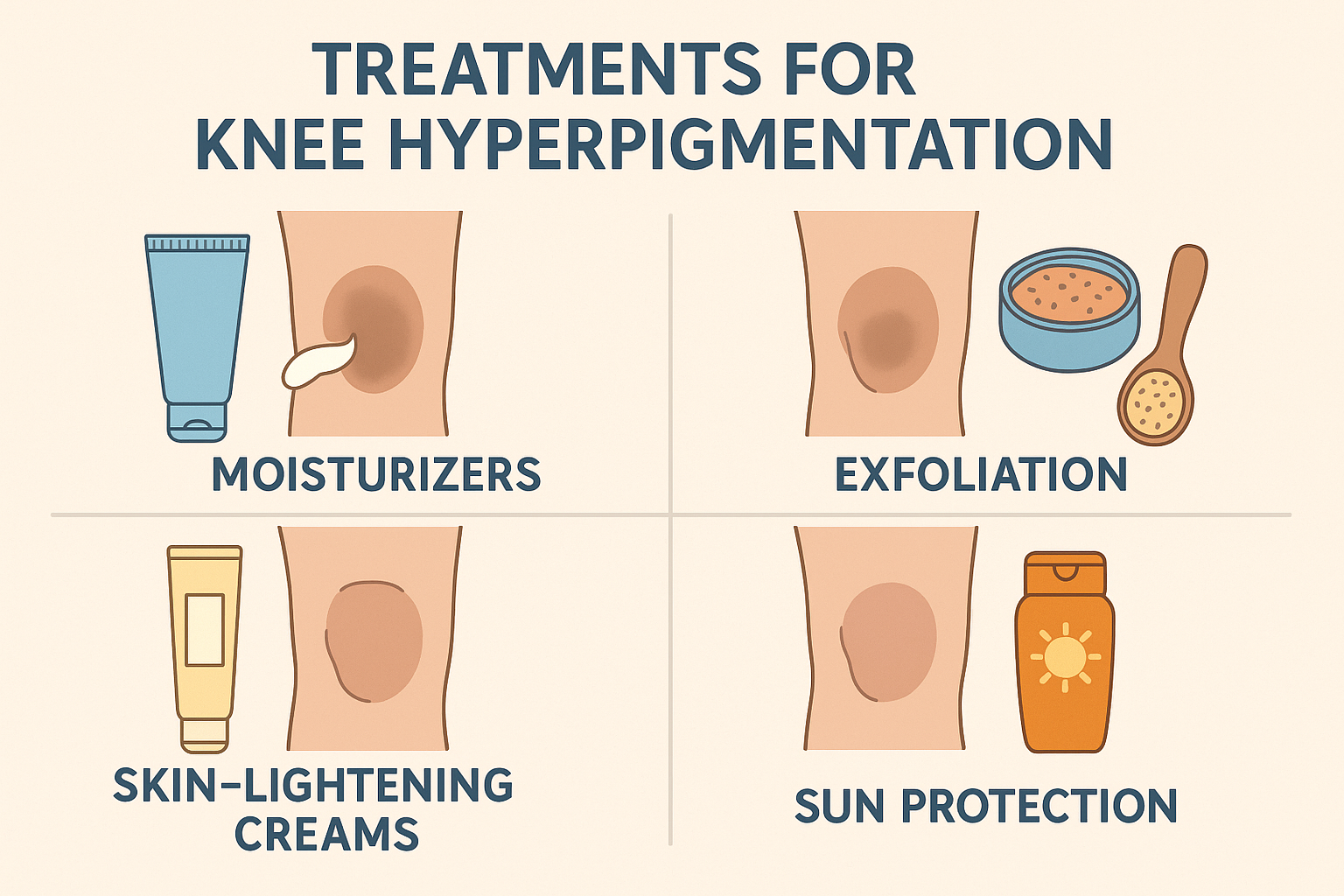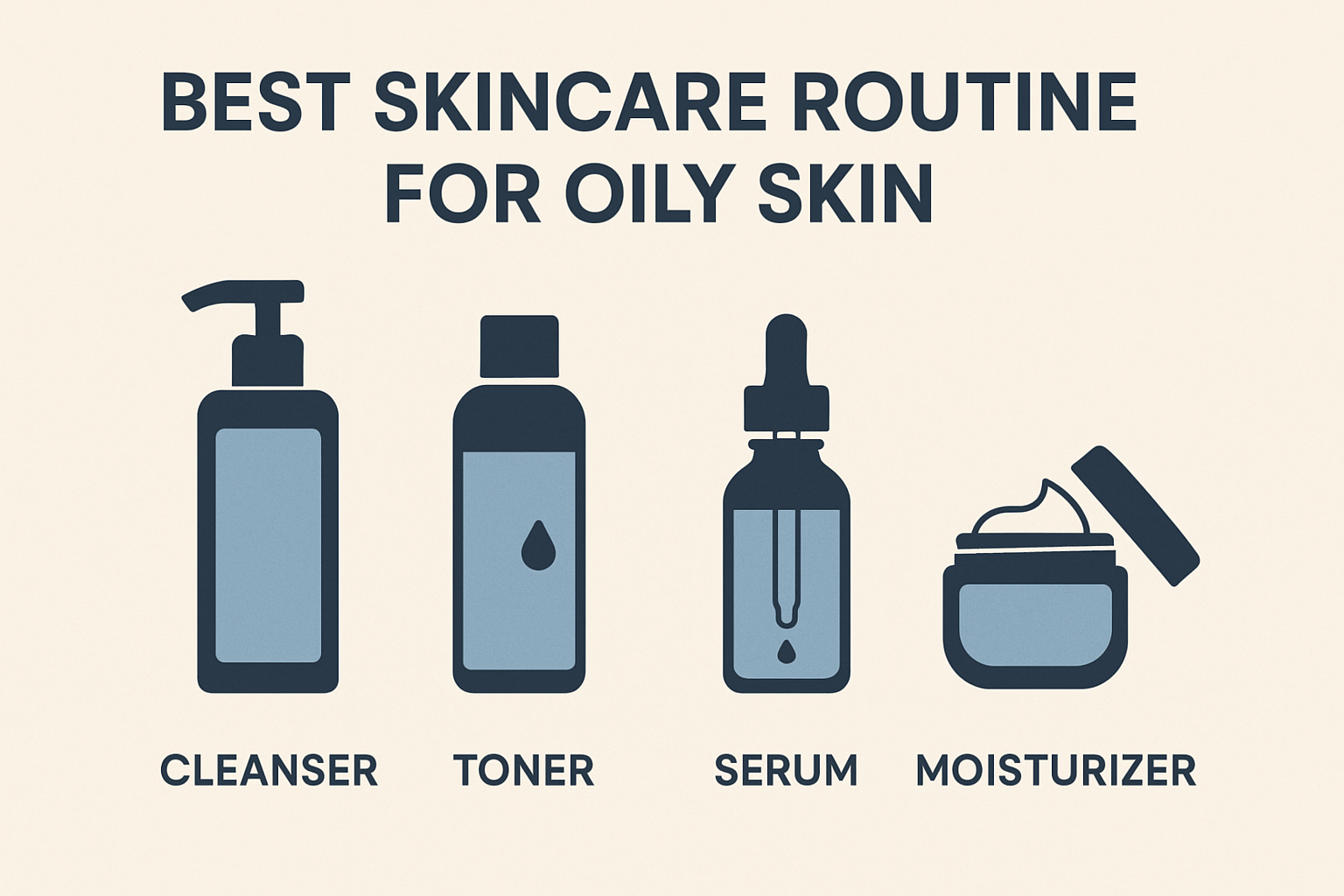13 Best Ways to Treat Hormonal Acne, Dermatologist-Approved
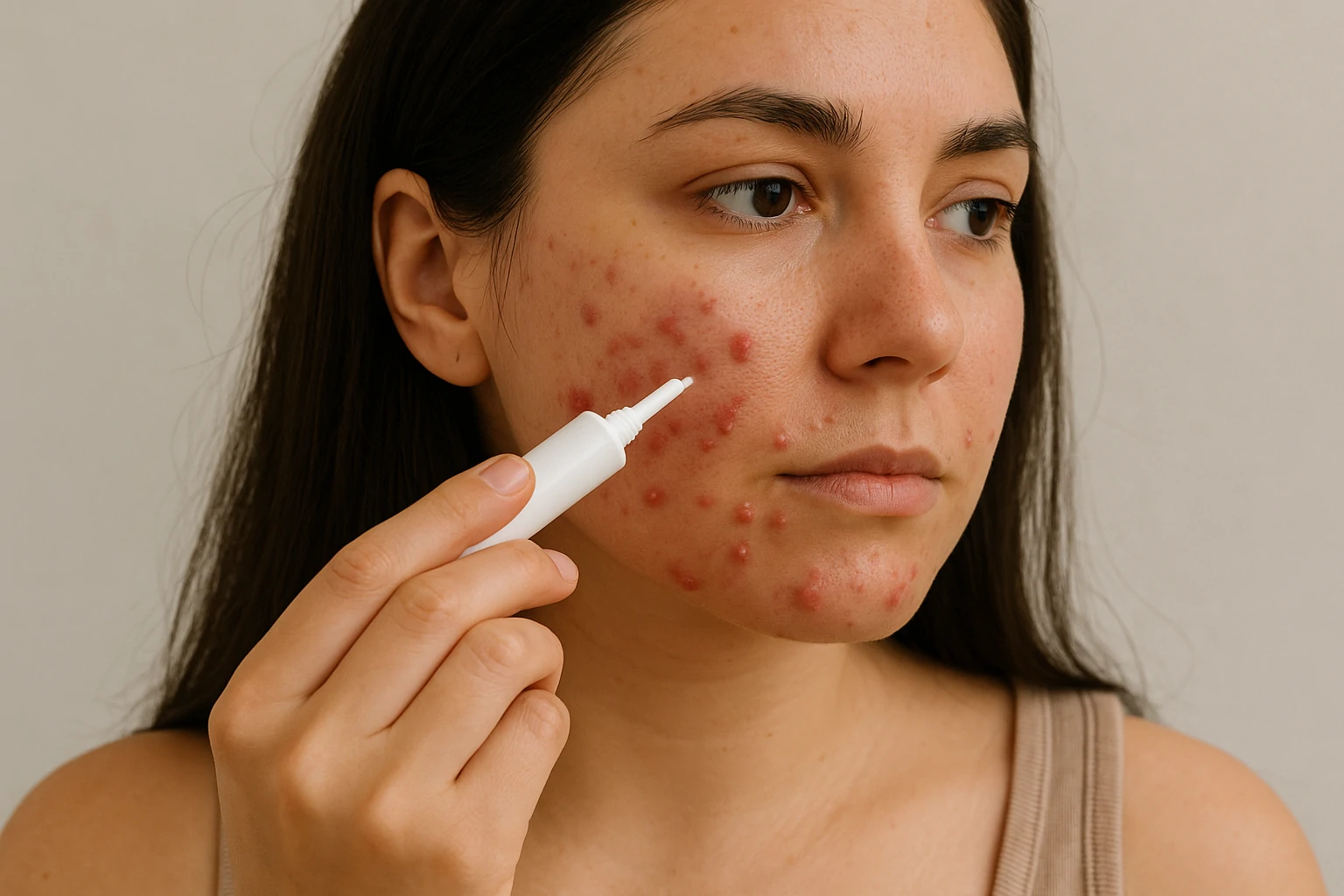
Hormonal acne tends to appear in cycles—especially before menstruation or during life changes like pregnancy or stress. Unlike typical breakouts, it’s deeper, more painful, and usually shows up on the lower face: jawline, chin, and neck.
This happens when hormone levels, particularly androgens like testosterone, trigger an overproduction of sebum. Excess oil clogs pores and creates an ideal environment for inflammation.
While you can’t completely control your hormones, the good news is that hormonal acne is manageable. Dermatologists recommend a combination of skincare, healthy lifestyle choices, and in some cases, medical treatment to control flare-ups and reduce scarring.
Before diving into dermatologist-approved solutions, it’s essential to understand what hormonal acne really is—and what causes it.
What Exactly Is Hormonal Acne?
Hormonal acne is a type of acne triggered by fluctuations in hormone levels, especially androgens like testosterone.[1Mohamed L Elsaie. Hormonal treatment of acne vulgaris: an update. National Institutes of Health (NIH). 2016 Sep 2;9:241–248. doi: 10.2147/CCID.S114830.] It often affects women in their 20s to 40s, but teens and men can experience it too.
This condition typically appears along the lower face—jawline, chin, and neck—due to increased oil production. The excess sebum clogs pores, leading to inflammation and breakouts that are often deep, cystic, and painful.
Dermatologists note that hormonal acne tends to follow a cycle, worsening before your period, during pregnancy, or in times of high stress. These breakouts are usually resistant to typical over-the-counter treatments.
Common treatment options include topical retinoids, anti-androgen medications like spironolactone, and even hormonal birth control to balance hormone levels. If breakouts persist, it’s best to consult a dermatologist for a tailored plan.
How to Identify Hormonal Acne
Hormonal acne is typically deeper and more painful than regular pimples. It presents as:
- Papules: red, inflamed bumps without pus
- Pustules: inflamed spots with visible whiteheads
- Cysts: large, painful nodules deep under the skin
These breakouts usually occur in predictable areas—especially the chin, jawline, and lower cheeks. Some people also experience flare-ups on the back, chest, and shoulders.
Unlike surface acne, hormonal breakouts can be harder to treat. Their deep location and recurring nature make it important to recognize the signs early. Identifying the pattern of your acne can help you choose the right treatment and avoid long-term scarring.
Common Causes of Hormonal Acne
The root cause of hormonal acne lies in hormone imbalance—particularly increased androgens. Dermatologists point out several common triggers:
- Menstrual cycles: Breakouts often appear a few days before your period.
- Pregnancy: Hormonal shifts can cause sudden, severe acne.
- Menopause: Estrogen drops while androgens remain active, leading to breakouts.
- PCOS (Polycystic Ovary Syndrome): This hormonal disorder causes persistent acne due to elevated androgen levels.
Each of these conditions can disrupt your skin’s oil production, clogging pores and encouraging inflammation.[2Bagatin E, Freitas THP de, Rivitti-Machado MC, et al. Adult female acne: a guide to clinical practice. An Bras Dermatol. 2019;94(1):62-75. doi:10.1590/abd1806-4841.20198203.] Knowing the underlying cause can help guide your treatment—whether it’s through skincare, diet, or hormonal therapy under a doctor’s care.
13 Best Treatment Options for Hormonal Acne
Managing hormonal acne requires more than just surface-level solutions. According to Dr. Whitney Bowe, a board-certified dermatologist, the key is consistency and a multi-layered approach.
Start with simple lifestyle adjustments: eat a balanced diet, reduce stress, and get enough sleep. For skincare, consider products with retinoids, salicylic acid, or benzoyl peroxide—but be patient, as hormonal acne responds slowly.
In more persistent cases, your dermatologist may recommend hormone-regulating medications like spironolactone or birth control pills. Topical treatments paired with internal support can offer the best long-term results.
With the right approach, hormonal acne can be controlled—helping your skin feel calmer, clearer, and more predictable month to month.
1. Test Your Hormones to Understand the Root Cause
Hormonal acne often starts deep below the surface—triggered by a sensitivity to androgens like testosterone. This is especially common in adult women, with studies showing that nearly 50% of women aged 20–29 experience this type of breakout.[3Zeichner JA, Baldwin HE, Cook-Bolden FE, Eichenfield LF, Fallon-Friedlander S, Rodriguez DA. Emerging issues in adult female acne. J Clin Aesthet Dermatol. 2017;10(1):37-46.]
To understand if your acne is hormone-related, experts recommend getting a hormone panel test. Because hormone levels shift throughout your menstrual cycle, it’s ideal to test at multiple points for a clearer picture.
At-home hormone tests, like the Everlywell Women’s Health Test, offer a convenient way to check your levels. By identifying specific hormonal imbalances, you can work with your dermatologist to create a treatment plan that actually works—rather than just treating the symptoms on the surface.
2. Use Benzoyl Peroxide to Clear Out Clogged Pores
Benzoyl peroxide is one of the most effective ingredients to fight acne-causing bacteria—especially Cutibacterium acnes. Unlike antibiotics, it doesn’t lead to resistance and can be used long-term.
Dermatologists often prefer benzoyl peroxide over topical antibiotics for managing active breakouts.[4Fox L, Csongradi C, Aucamp M, du Plessis J, Gerber M. Treatment modalities for acne. Molecules. 2016;21(8):1063. doi:10.3390/molecules21081063.] It works by unclogging pores and killing bacteria at the source. Most products contain 2.5% to 10% concentrations, depending on your skin’s needs.
Lotions that stay on the skin tend to deliver better results than rinse-off cleansers. A great example is Humane Acne Spot Treatment Gel, which combines 5% benzoyl peroxide with soothing ingredients like aloe vera and cucumber extract to minimize irritation.
3. Balance Your Diet to Reduce Hormonal Flare-Ups
What you eat can impact your skin—especially when it comes to hormonal acne. Research suggests that skim milk and low-fat dairy products may worsen breakouts due to their natural hormone content and their potential to spike testosterone levels.[5Melnik B. Dietary intervention in acne: attenuation of increased mTORC1 signaling promoted by Western diet. Dermatoendocrinol. 2012;4(1):20-32. doi:10.4161/derm.19828.]
Skim milk, in particular, is absorbed faster, possibly leading to inflammation and hormonal imbalance. Reducing or eliminating these products could be a helpful first step for acne-prone skin.
Refined carbs and sugary foods can also contribute. They raise insulin levels, which then affect sebum production and hormonal balance—fueling more breakouts. Try adopting a low-glycemic, fiber-rich diet. It won’t just benefit your skin—it’ll support your overall health too.
4. Simplify Your Skincare Routine to Prevent Acne Triggers
While hormonal shifts cause acne from the inside, your skincare choices can make things better—or worse. Using the wrong products may clog pores or irritate sensitive skin, leading to more flare-ups.
Dermatologists recommend sticking to a simple routine using non-comedogenic products. These are designed not to block pores, reducing the chances of new breakouts forming.
A minimal routine also helps you track how your skin reacts to individual ingredients. Less really can be more—especially when you’re trying to calm inflammation and rebuild your skin barrier gently and effectively.
5. Exfoliate With Salicylic Acid for Deep Pore Cleansing
Salicylic acid is a gold-standard ingredient for treating acne-prone skin. As a beta hydroxy acid (BHA), it’s oil-soluble, meaning it can travel deep into pores to remove excess oil and dead skin cells.
Used regularly, salicylic acid helps keep pores clear and reduces the risk of breakouts. Dermatologists recommend starting with a 2% concentration, which is effective yet gentle enough for daily use.
A great example is First Aid Beauty White Clay Acne Treatment Pads, which pair 2% salicylic acid with white clay to gently absorb oil and soothe inflamed skin. With consistent use, your skin will look smoother, clearer, and less prone to clogged pores.
6. Manage Stress to Calm Hormonal Acne Flares
Emotional stress plays a bigger role in acne than many realize. When you’re stressed, your body produces more cortisol and adrenaline—hormones that trigger systemic inflammation. This can lead to painful cystic breakouts, especially in hormonally sensitive areas like the jawline.
To help manage hormonal acne, stress reduction is key. Prioritize quality sleep, as it supports hormonal balance and immune function. Staying hydrated also aids your body’s natural detox process and keeps your skin barrier strong.
Holistic health experts often recommend gentle methods like dry brushing to boost circulation and yoga to regulate stress hormones. Making these habits part of your daily routine can significantly reduce flare-ups—naturally and over time.
7. Support Your Skin From the Inside by Improving Gut Health
Your gut and your skin are more connected than you might think. An imbalanced digestive system can disrupt hormone regulation and trigger inflammatory acne, including stubborn hormonal breakouts.
The key lies in supporting your gut microbiome—the community of beneficial bacteria that help regulate hormones, immune response, and metabolism. One way to improve gut health is by consuming probiotics regularly.
You can find probiotics in supplements or naturally through fermented foods like yogurt, kefir, sauerkraut, and kimchi. By healing your gut, you’re also helping your skin become more resilient and less prone to breakouts from within.
8. Try Oral Contraceptives to Regulate Hormones
For some women, hormonal birth control pills offer a powerful tool for managing hormonal acne. When prescribed by your doctor, oral contraceptives help balance hormone levels—particularly by reducing testosterone, which drives oil production.
Certain birth control brands like Yaz, Beyaz, Ortho Tri-Cyclen, and EstroStep are FDA-approved specifically for acne treatment. They work by blocking androgens, leading to less sebum and fewer breakouts.[6Elsaie ML. Hormonal treatment of acne vulgaris: an update. Clin Cosmet Investig Dermatol. 2016;9:241-248. doi:10.2147/CCID.S114830.]
Another common option is spironolactone, an oral medication originally used for blood pressure that blocks androgen activity in the skin. It’s often used alongside birth control for stubborn hormonal acne.
Always consult with your dermatologist or OB-GYN to decide which hormonal therapy is right for your body and skin goals.
9. Stick to Your Skincare Routine to Prevent Future Breakouts
One of the most common mistakes in treating hormonal acne is stopping your skincare routine once your skin clears up. But because hormonal fluctuations are ongoing, breakouts can return without consistent care.
Dermatologists emphasize that acne treatment should be long-term. If your skin responds well to retinoids, gentle exfoliants, or OTC acne cleansers, continue using them consistently—even when your skin looks clear.
Keeping your routine simple yet steady—using non-comedogenic moisturizers, mild cleansers, and targeted treatments—helps maintain progress and prevents clogged pores. Consistency is your skin’s best defense.
10. Try LED Light Therapy for Gentle, At-Home Acne Relief
LED light therapy, especially blue light, is a dermatologist-approved method for treating acne without irritation. It works by killing Cutibacterium acnes—the bacteria responsible for most breakouts—and reducing inflammation and oil production at the same time.
This non-invasive option is ideal for those looking for a complementary treatment. Devices like the Dr. Dennis Gross DRx SpectraLite FaceWare Pro are safe for home use and require just three minutes a day.
While not a substitute for skincare products or prescriptions, LED therapy can boost your results—especially when used consistently. It’s a great addition to your hormonal acne routine for smoother, calmer skin.
11. Try a Chemical Peel to Deeply Refresh Your Skin
A chemical peel is a professional exfoliation treatment that removes dead skin cells from the top layer of your skin. This process encourages new skin growth, helps unclog pores, and can improve texture—all essential when managing hormonal acne.
Compared to over-the-counter exfoliants, in-clinic peels use stronger acids like glycolic, salicylic, or lactic acid, offering deeper results. These treatments also allow your skincare products to absorb better, boosting the effectiveness of your routine.
When performed by a dermatologist or licensed provider, chemical peels are safe, controlled, and highly effective—especially for stubborn acne and post-breakout marks. They’re a powerful addition to your acne-fighting toolkit.
12. Consider Zinc Supplements for Inflammation Control
Zinc is a natural anti-inflammatory mineral that may help reduce hormonal acne flare-ups. Studies suggest that oral zinc supplements can regulate the immune response, support healing, and reduce oil production—key factors in hormonal acne.
Topical zinc, often found in spot treatments and calming creams, also helps soothe irritated skin. While results vary, many dermatologists consider zinc a useful addition to acne care—especially when paired with other treatments.
Before starting any supplement, speak with your healthcare provider to find the right dosage and ensure it aligns with your overall health plan.
13. See a Dermatologist When Home Treatments Don’t Work
If your hormonal acne hasn’t improved after two weeks of consistent skincare and lifestyle changes, it’s time to consult a dermatologist. Professional treatment is essential for painful, cystic, or recurring breakouts that leave scars.
Dermatologists can offer stronger solutions, including prescription retinoids, oral antibiotics, hormonal therapies, and in-office treatments like cortisone injections or comedone extractions.
Getting medical care early can prevent long-term skin damage and help you feel more in control of your skin journey. You don’t have to face hormonal acne alone—specialized care can make a real difference.
Can Hormonal Acne Go Away Forever?
While hormonal acne can be controlled, it may not disappear permanently. That’s because it’s tied to natural hormone fluctuations throughout life—during menstruation, pregnancy, menopause, or times of chronic stress.
Some people experience long-term improvements with targeted treatments like birth control, spironolactone, or diet changes. For others, acne returns whenever hormonal triggers reappear.
According to dermatologists, the best results often come from a consistent combination of:
- Topical treatments (retinoids, benzoyl peroxide)
- Hormonal therapy or medication
- Balanced lifestyle and stress management
So, while it may not be “cured” in the traditional sense, hormonal acne can be kept under control with the right routine—and a bit of patience.
How to Choose Skincare for Hormonal Acne-Prone Skin
Choosing the right skincare is essential when managing hormonal acne. Sensitive, acne-prone skin needs gentle yet effective products that won’t clog pores or disrupt your skin barrier.
Here are dermatologist-approved tips to build your skincare routine:
- Use a mild cleanser: Choose gel-based cleansers with salicylic acid or tea tree oil. Avoid harsh, drying soaps.
- Look for active ingredients: Niacinamide, retinoids, and benzoyl peroxide are proven to fight hormonal acne.
- Go non-comedogenic: All products—from makeup to moisturizers—should be labeled non-comedogenic.
- Lightweight moisturizers: Opt for gel or water-based options that hydrate without adding excess oil.
- Never skip sunscreen: Choose oil-free SPF like La Roche-Posay or Eucerin formulations made for acne-prone skin.
Consistency and simplicity go a long way—especially when hormones are unpredictable. The right products, used regularly, can help your skin stay calm, balanced, and breakout-free.






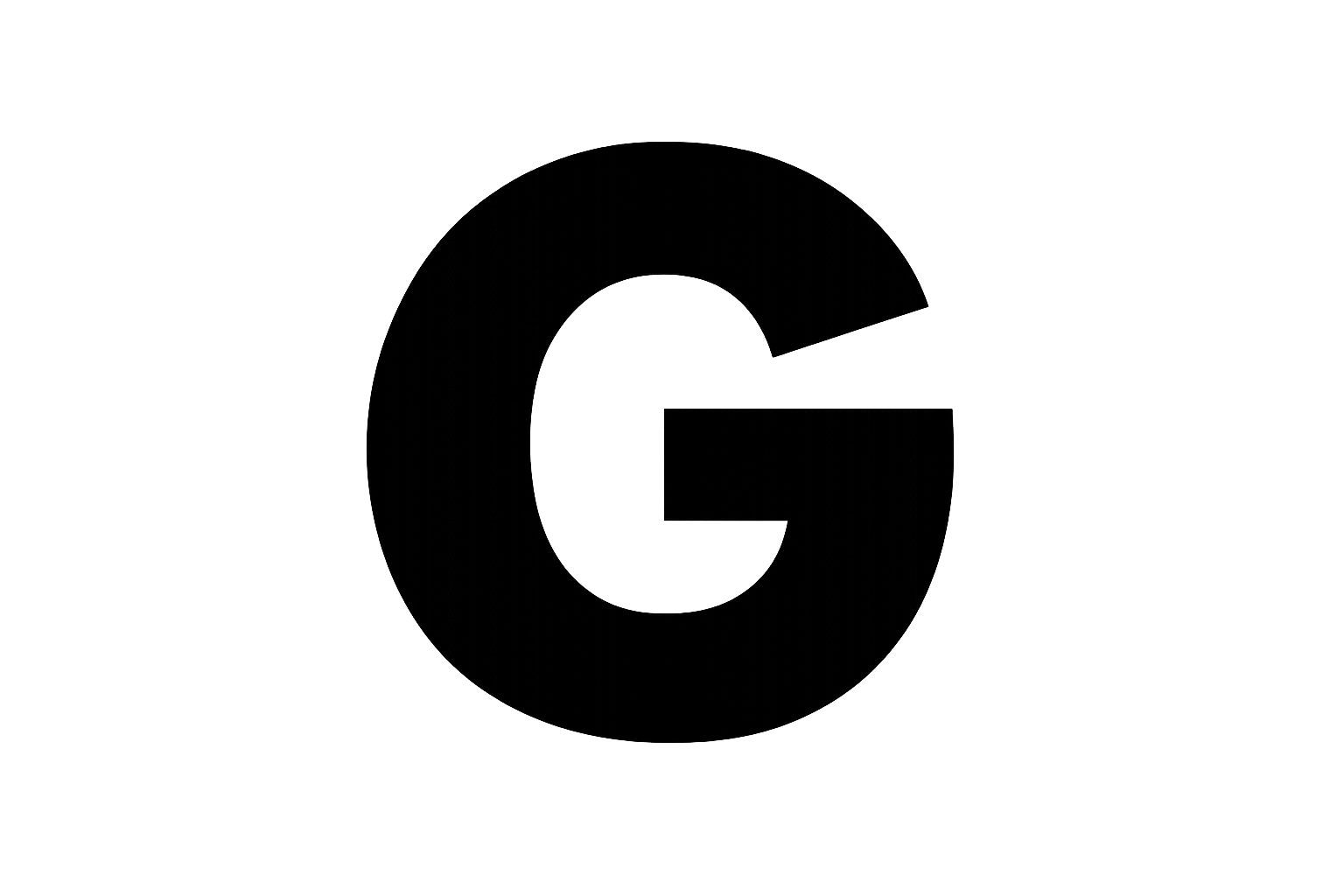 Acne
Acne Anti-Aging
Anti-Aging Business
Business Digital Marketing
Digital Marketing Economics
Economics Movies
Movies Personal Finance
Personal Finance Websites
Websites
